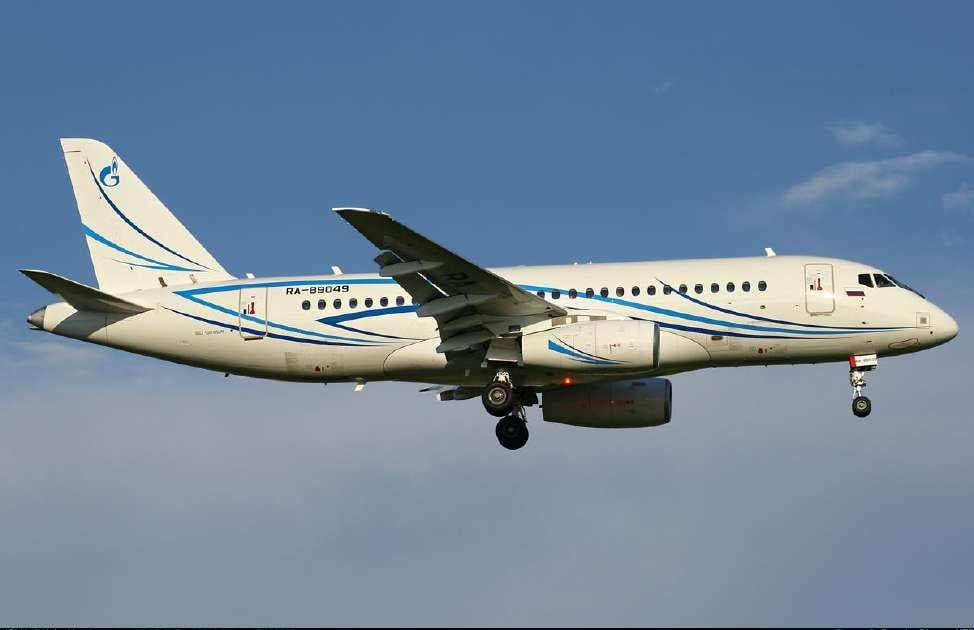Gazpromavia Superjet Crash Caused By Malfunctioning AOA Sensor

Credit: Interstate Aviation Committee
An investigation by the Moscow-based Interstate Aviation Committee has concluded that a malfunctioning angle-of-attack (AOA) sensor played a central role in the crash of a Gazpromavia Superjet 100 regional jet on July 12. The aircraft, which carried reg. RA-89049, went down during a ferry flight...
Subscription Required
Gazpromavia Superjet Crash Caused By Malfunctioning AOA Sensor is published in Aviation Daily, an Aviation Week Intelligence Network (AWIN) Market Briefing and is included with your AWIN membership.
Already a member of AWIN or subscribe to Aviation Daily through your company? Login with your existing email and password
Not a member? Learn how to access the market intelligence and data you need to stay abreast of what's happening in the air transport community.




